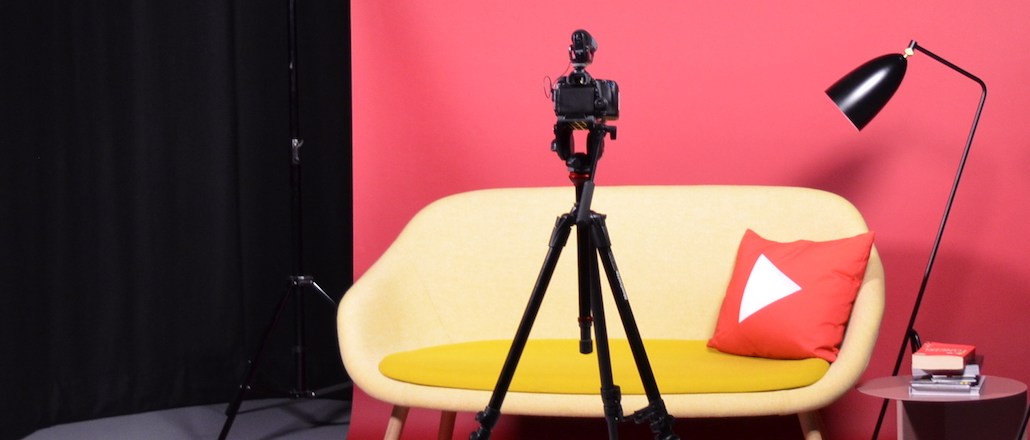The latest college course du jour: How to be a social media influencer 101

Being an influencer (well, a big one) pays. Last week, agency Captiv8 told the New York Times that social stars with over 3 million fans charge advertisers an average of $187,500 per YouTube post or $75,000 per Instagram post.
For many, “influencer” is now a bona fide career choice. And now, mainstream education has taken note.
This week, Scotland’s City of Glasgow College announced its first course for wannabe influencers, titled “How to be a YouTuber/Vlogger”.
Over 10 weeks at its City campus, those who stump up £150 ($200) can learn the tricks of the trade from a mystery YouTuber in a “webcam equipped room”.
The course promises to cover topics like developing a channel, learning the styles of vlogging and the art of self-promotion on social media. There’s also a lesson in how to stay safe online.
Universities in the U.K. have been offering generalist social media courses for several years. Meanwhile, organizations like the Vlog Academy offer vlogger training sessions for corporate groups and individuals. But this course is the first indication that mainstream education is now marketing specifically to wannabe influencers.
Simon Pont, chief strategy officer at influencer agency Brave Bison, said courses like this “should only be seen as a good thing”.
“Talking to camera, breaking the fourth wall, behaving naturally in front of a lens, communicating clearly to an audience: these are terrific skills to have, not ones that come naturally to many of us,” he said.
But not everyone is convinced these are skills that can be taught. Becca Sharples, head of talent at influencer agency Social Chain, says most influencers don’t set out to become high-profile, but gain a following organically by doing interesting things online.
“I don’t know if blogging can be taught in that way. You can have the best camera in the world and the best models, but it doesn’t make you a photographer,” she said.
According to Sharples, 90 percent of enquiries the agency gets are from social media users who have inflated their audience by buying followers. “It’s ineffective for brands if they are shouting into an empty room.”
The college was unavailable for comment, but is already planning its second course — which begins in February.
More in Media

A timeline of the major deals between publishers and AI tech companies in 2025
Here’s a list of all the major deals signed between publishers and AI tech companies in 2025.

No playbook, just pressure: Publishers eye the rise of agentic browsers
For the bulk of publishers, Google is, as ever, the one to watch. It’s already got agentic features within its Chrome browser, but that’s the tip of the iceberg, some say.

The biggest SEO lessons in 2025 for publishers
KPIs are changing, more AI search data is becoming available, and publishers are looking beyond search to grow their audiences and revenue.





